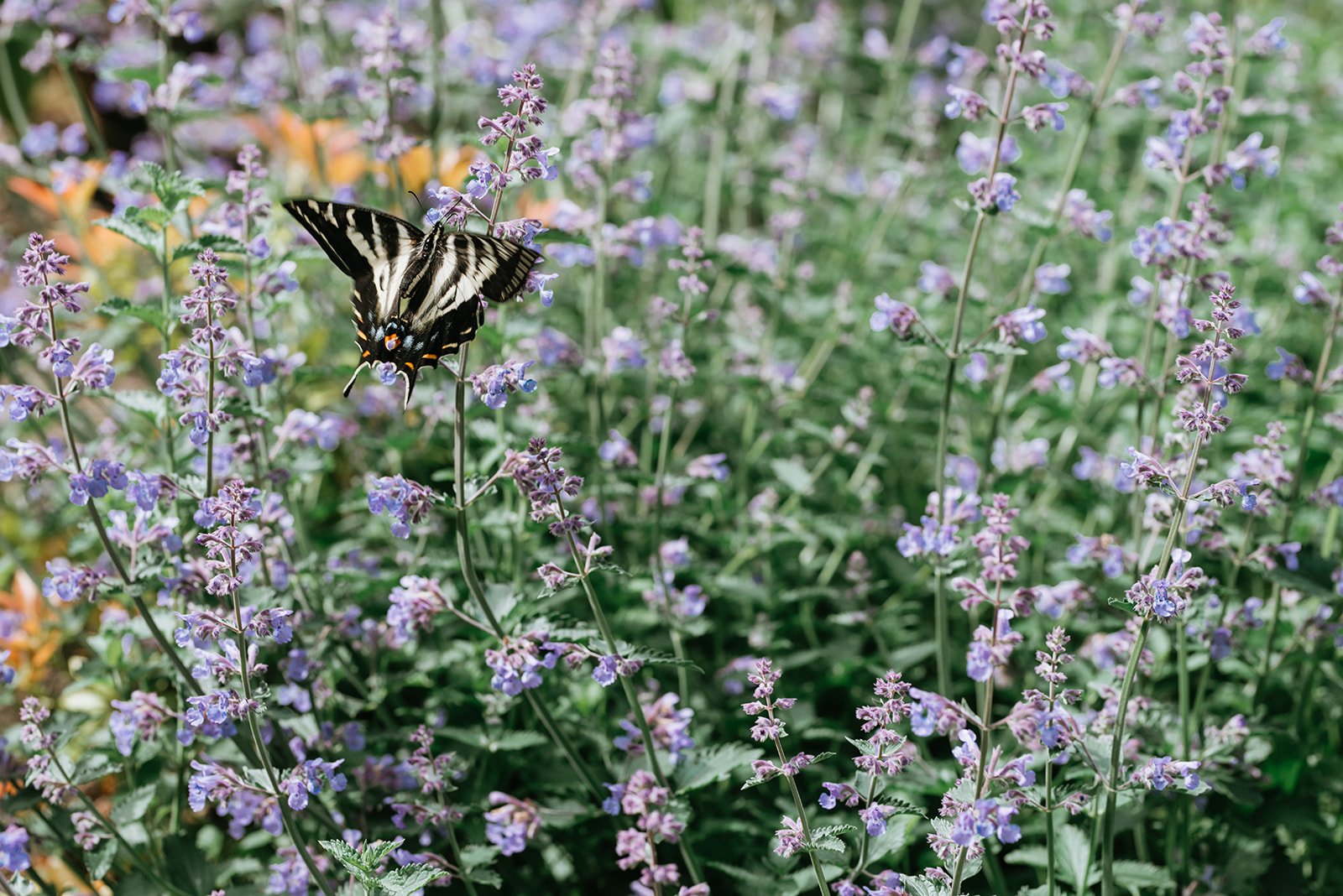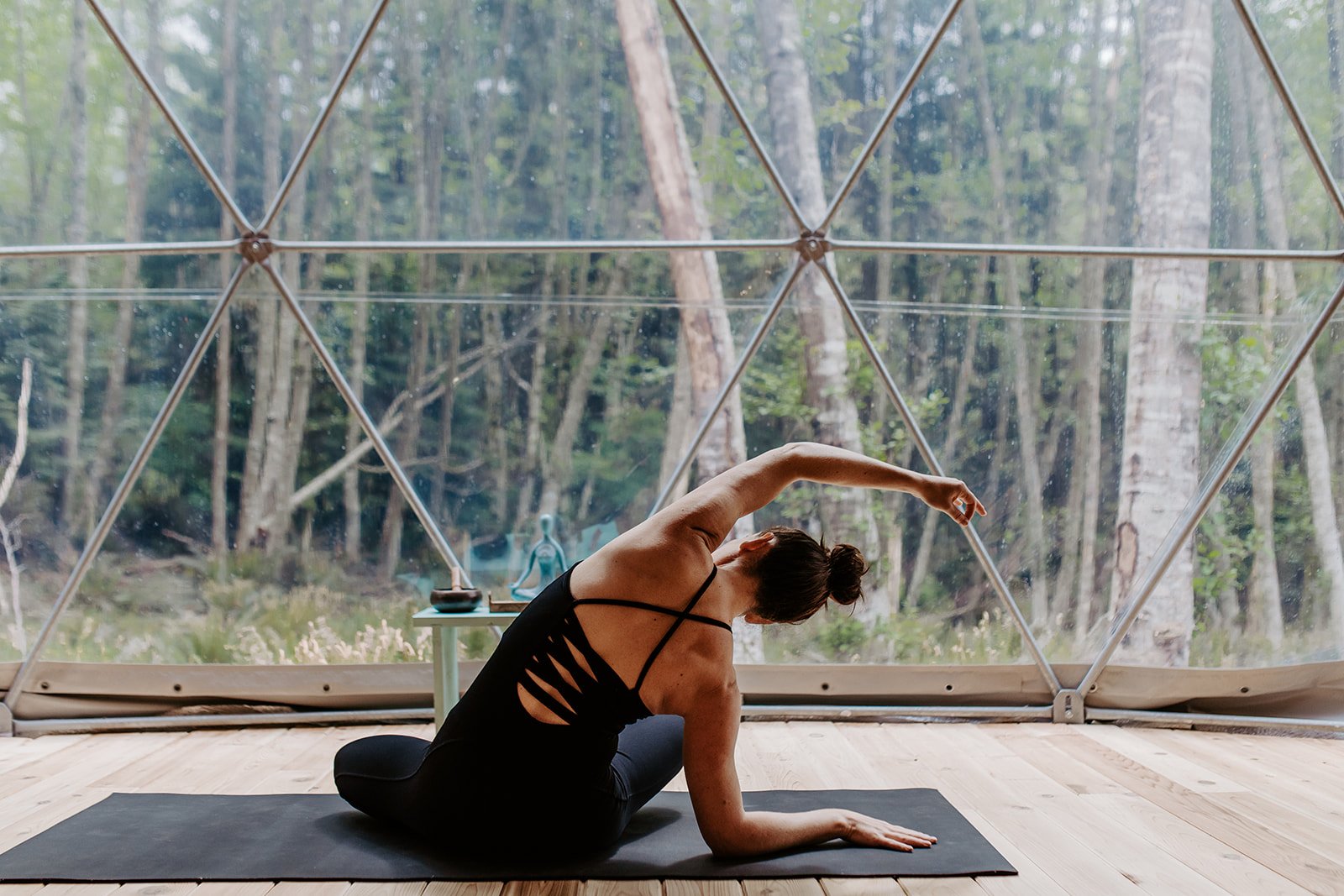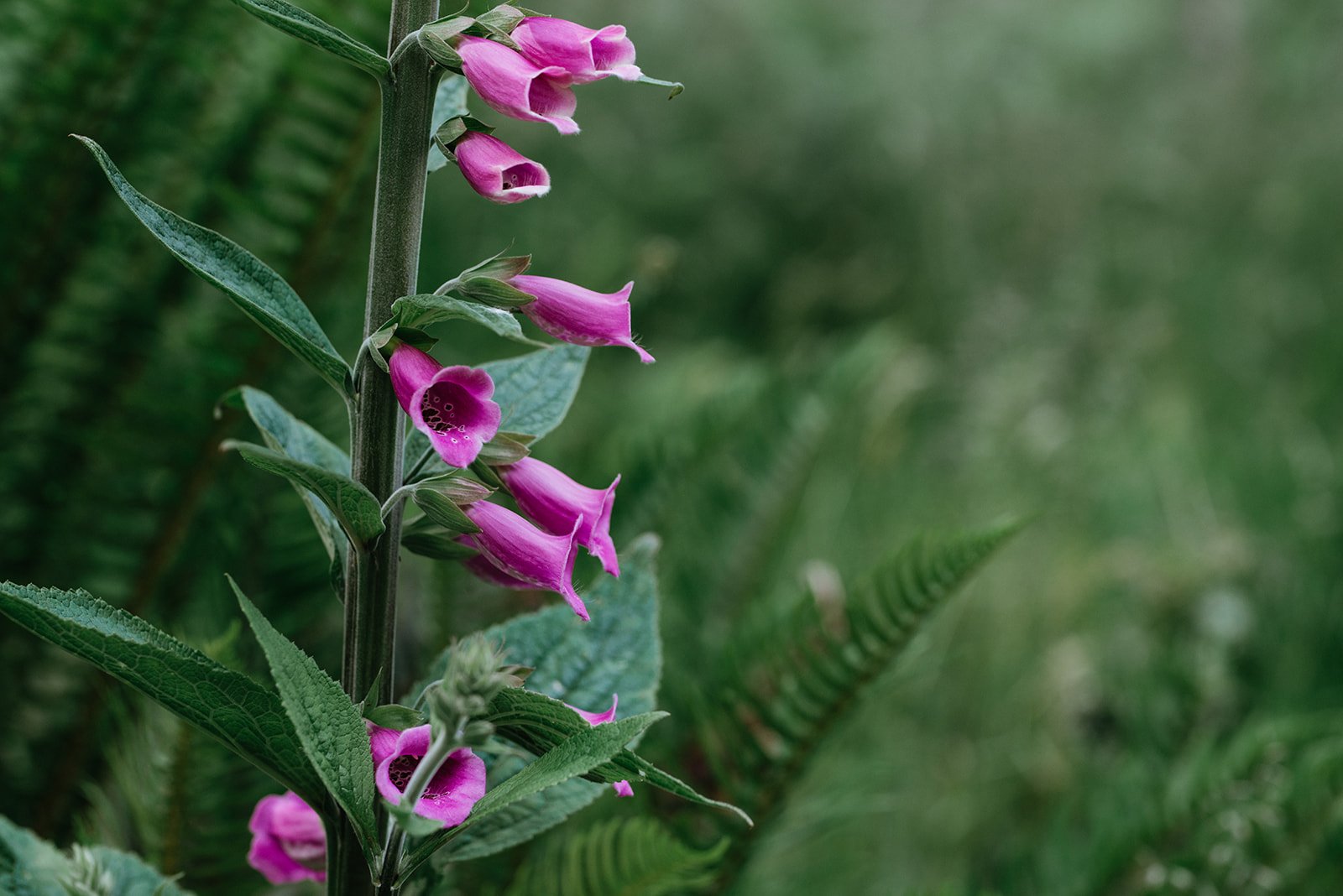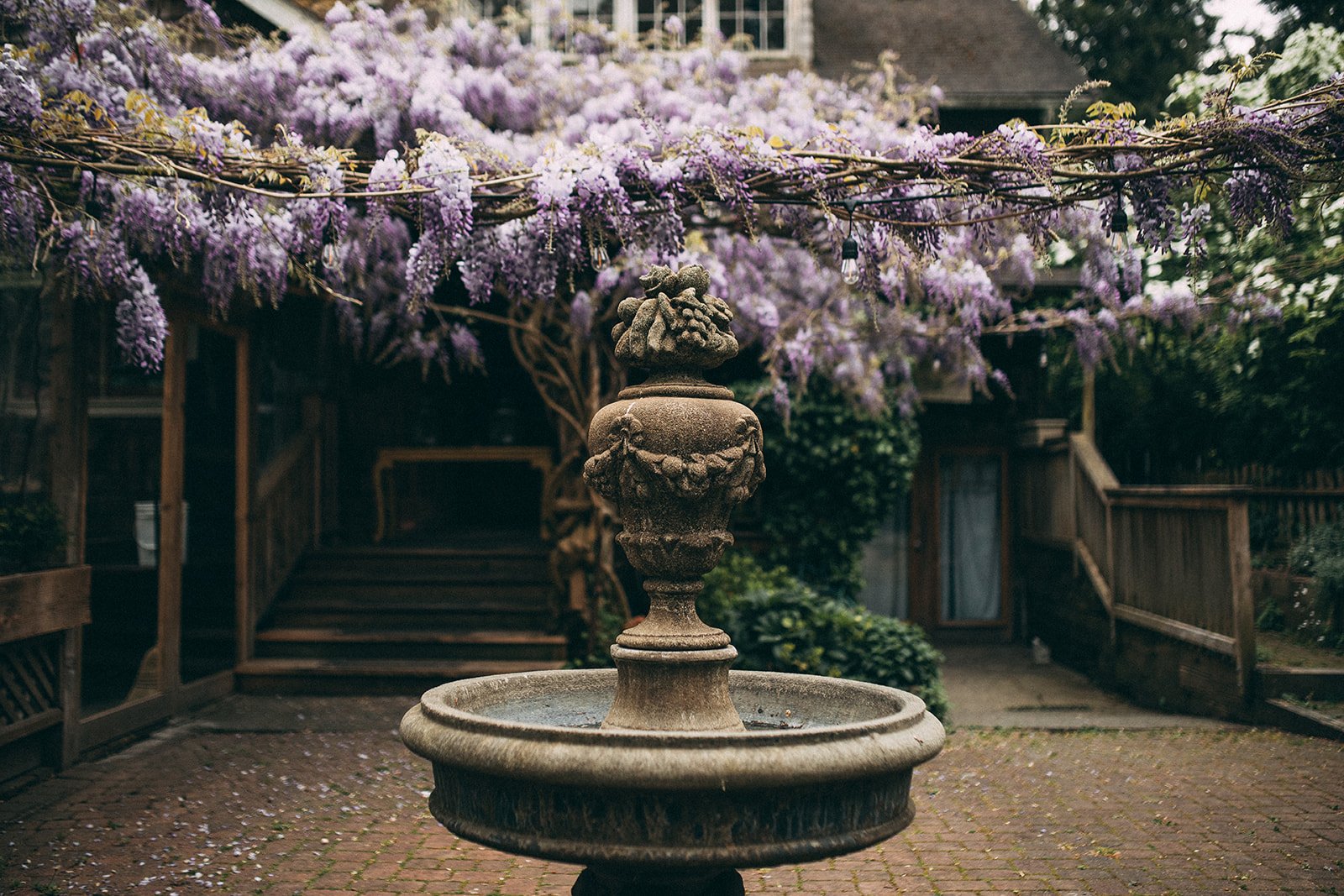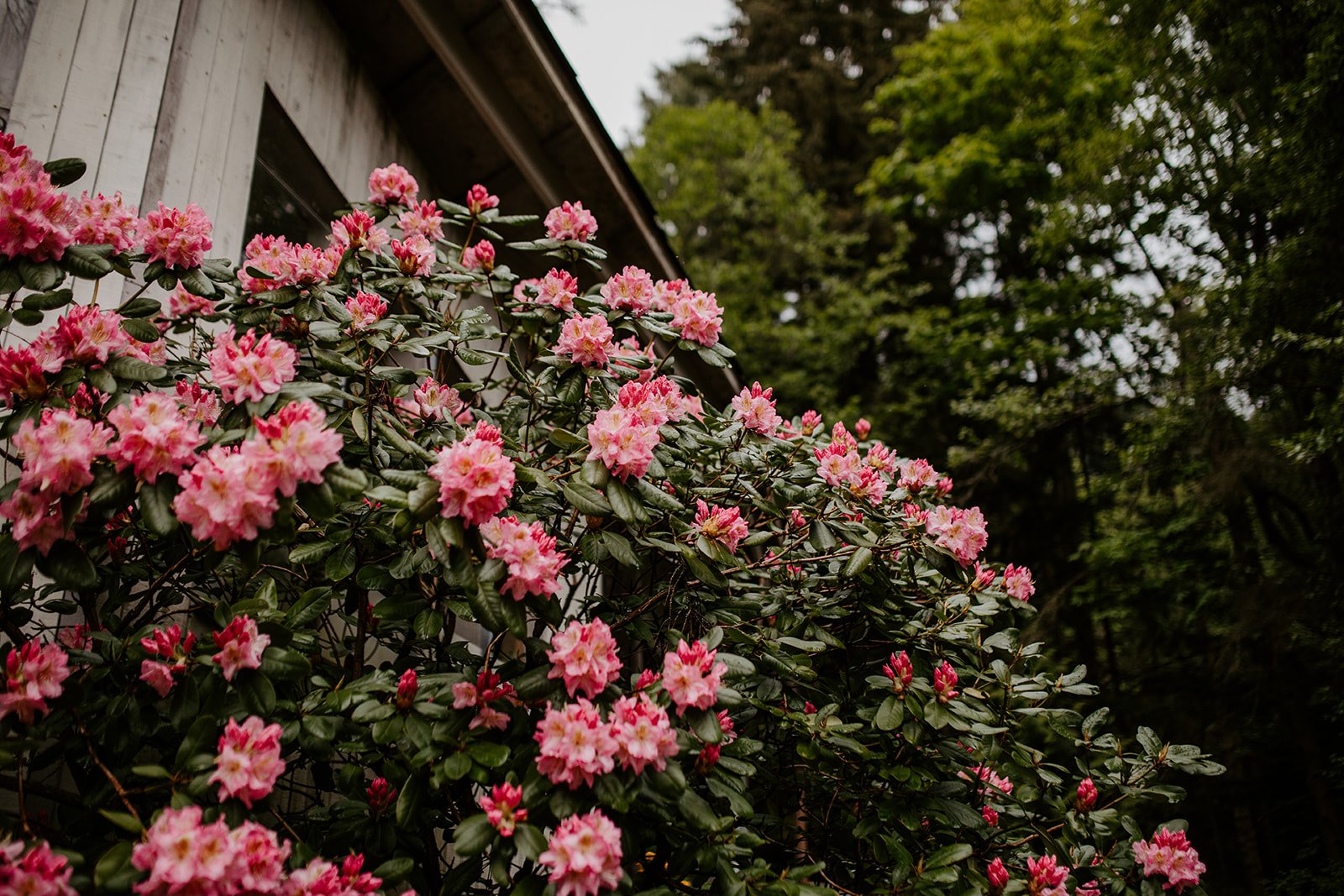Beyond appreciating them in cooking, what are oyster mushrooms good for? Pleurotus varieties are saprotrophs that are involved in providing nutrition to its ecosystem as a primary decomposer of wood, especially deciduous trees, and beech trees in particular, though here in the Pacific Northwest, oyster mushrooms are also seen growing on dying hardwood trees. Their saprophytic function benefits the forest by returning vital elements and minerals to the environment in forms that are usable to other plants, other organisms, and general soil biology.
Pines on Bowen Island: Guardians of the Forests
Pine trees, belonging to the genus Pinus spp., stand as stalwart guardians in the forest network. These evergreen conifers, characterized by their needle-like leaves and distinctive cones, possess an enduring visual and fragrant allure. Their presence is woven intricately into the fabric of our ecosystem, offering both tangible and intangible gifts to the environment and its inhabitants, including here at Nectar Yoga Retreat on Bowen Island.
To the Mosses: Ecological, Functional, and Spiritual Uses of Moss
Mosses’ diminutive size belies their resilience, tenacity, and ecological significance. Mosses are essential for retaining soil and moisture (as much as 40 times their weight), preventing erosion, and providing homes, insulation, and sustenance for various organisms in their ecosystems, including at Nectar Yoga Retreat on Bowen Island.
Nectar Yoga Explores Svadhyaya: The Sacred Journey of Self-Study
At the core of Svadhyaya lies the act of self-reflection. Through inner reflection, we gain insight into the tapestry of our thoughts and emotions, and how they play a role in our habits and experiences. All over the world, where yoga and mindfulness is practice, including right here at Nectar Yoga Retreat on Bowen Island, BC, we face our vulnerabilities, our joys and our sorrows, with a sense of clarity and acceptance. Encountering ourselves demands courage, a willingness to stay in the present, and with fully open eyes to witness our complexity and paradoxes.
Nectar Yoga Explores the Yoga Principle of Tapas: Harnessing Fire to Shine
The practice of Tapas within yogic tradition encompasses various dimensions of our lives. It includes the discipline of our physical bodies, through practices such as asana (yoga postures), pranayama (breath control), what we expose ourselves energetically to, and healthful lifestyle choices. It extends to the habits of our minds, where we cultivate mindfulness, focus, and the ability to observe our thoughts without being consumed or controlled by them. Tapas is something we cultivate as individuals as well as in community, such as on a creative, corporate, or movement retreat at Nectar Yoga on Bowen Island, BC.
Nectar Yoga Explores the Yoga Principle of Santosha: Cultivating Contentment in a Restless World
As we surrender ourselves to the observance of Santosha, we discover that contentment is not a destination to be reached, much like how Saucha is also not an arrival point, but a way of being—a way of embracing the fullness of life with hearts wide open. This practice may not make us immune to undesirable situations in our lives, but it can sweeten our perspectives, inner stories, and how we respond to the insatiable demands of our need for gratification. May contentment be part of what anchors us to ourselves, to each other, and to the divine presence that dwells within us and among us. In many ways, this is both a personal and community practice, something that can be cultivated at home, and also further amplified (or activated) at a nature retreat here at Nectar Yoga on Bowen Island, BC. There is something profoundly powerful when you are witnessed by others, and when you witness others cultivate Santosha with intention.
Nectar Yoga Explores Saucha: Cultivating Clarity in Ancient Yogic Philosophy
The practice of Saucha extends to our relationship with the land. It means centering and learning from the Indigenous groups, such as the Coast Salish peoples, and traditional earth-relating cultures. It calls for mindful consumption, reducing waste, and living in harmony with animals, plants, air, waterways, and other elements in Nature. It means a return to living and consuming seasonally. By being conscious of our ecological footprint, we acknowledge that humans are here for a reason, and to not waste this opportunity to steward this Earth. Saucha reinvites us back to circular living.
Brahmacharya Practices to Adopt this Summer
As we move into the Ayurvedic season of Pitta, it's important to consider how we can stay balanced during the heat of summer and protect our energy. One way to do this is by practicing Brahmacharya, one of the five Yamas of Yoga. Brahmacharya is often translated as celibacy or sexual restraint, but it also encompasses the proper use of energy in all areas of our lives.
In Ayurveda, Brahmacharya is seen as a way to conserve our vital life force, or "prana," which is essential for physical, mental, and spiritual health. By preserving our energy, we can live a more balanced and fulfilling life, free from anxiety, stress, and burnout.
The word "Brahmacharya" is derived from two Sanskrit words: "Brahma," meaning the absolute or divine, and "charya," meaning behaviour or conduct. Therefore, Brahmacharya is often interpreted as the "right use of energy."
Practicing Brahmacharya involves cultivating self-discipline, self-control, and mindfulness. This includes our relationships, work, hobbies, and daily habits. It involves being mindful of our thoughts, words, and actions and making choices that align with our highest purpose.
During the Ayurveda season of Pitta, practicing Brahmacharya can be particularly beneficial. The season's heat and intensity can lead to agitation, irritability, and burnout if we don't take steps to protect our energy. By practicing Brahmacharya and incorporating daily rituals that help us stay balanced, we can conserve our energy and direct it toward our highest purpose.
One way to practice Brahmacharya during the Pitta season is to incorporate daily rituals that help us stay balanced. Here are a few ideas:
Wake up early: Ayurveda recommends waking up before sunrise to align with the natural rhythms of the universe. This helps us feel more energized and focused throughout the day.
Practice Yoga: Yoga is a great way to move our bodies and calm our minds. During the Pitta season, it's best to practice gentle, cooling poses like forward folds, seated twists, and gentle backbends.
Meditate: Meditation is a powerful tool for conserving energy and calming our minds. You can start with just a few minutes each day and gradually increase the time as you feel more comfortable.
Eat cooling foods: During the Pitta season, it's essential to eat cooling and hydrating foods. This includes fresh fruits and vegetables, coconut water, and herbal teas.
Stay hydrated: Drinking plenty of water and electrolyte-rich drinks like coconut water helps us stay hydrated and cool during the heat of summer.
By incorporating these daily rituals into our lives, we can practice Brahmacharya and protect our energy during the Pitta season. When we conserve our energy and direct it towards our highest purpose, we can live a more balanced and fulfilling life.
Looking for some in-person guidance on where to start incorporating these practices? Book your 2-Night Nectar Yoga Experience package here and spend some time slowing down with us in nature.
Sources Cited:
Acknowledgment and thanks to the contributing writers for the resources of this publication; Segal Shah via The Art of Living, Rolf Sovik via Yoga International and Esther Ekhart of Ekhart Yoga
As always, sending gratitude to our community near and far, both for taking the time to explore our blog and for walking the path to your best self - we hope this resonated and aided you in finding peace and balance within.
If you feel called to share your feelings and practices surrounding the practice of Brahmacharya, please do so in the comments below or send us a message via email.
All Photos - Copyright Nectar Yoga










